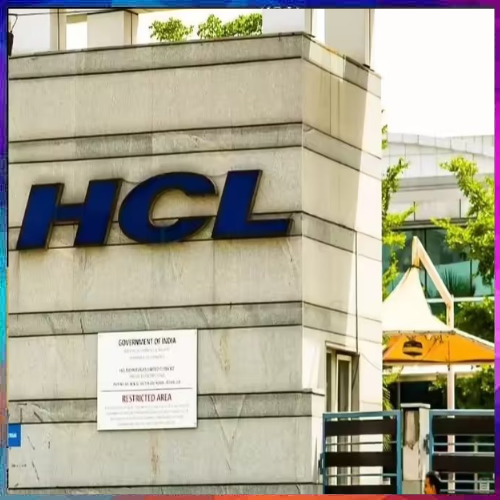
Samsung reported an operating profit of 6.7 trillion won ($4.68 billion) for Q1, a 1.2% increase year-on-year, with its mobile division achieving a 23% profit surge, driven by strong demand for Galaxy S smartphones with AI features
Buoyed by strong smartphone sales, Samsung Electronics reported a slight increase in first-quarter operating profit, even as its semiconductor division continued to face headwinds due to global trade tensions and weak AI chip demand.
The South Korean tech giant announced an operating profit of 6.7 trillion won (approx. $4.68 billion) for the quarter ending in March, marking a 1.2% year-on-year increase. The figure aligned closely with its earlier forecast of 6.6 trillion won.
The standout performer was Samsung’s mobile and network division, which delivered its highest profit since 2020, driven by robust demand for its latest Galaxy S series smartphones. The unit recorded 4.3 trillion won in profit, up 23% from the previous year, thanks in part to new AI-powered features integrated into its flagship devices.
Smartphone surge offset by chip struggles
Analysts attributed the surge in mobile sales to a wave of pre-emptive orders by consumers and distributors amid rising concerns over possible US tariffs on goods produced in countries like China, Vietnam, and South Korea. In response, Samsung scaled up smartphone production across its facilities in Vietnam, India, and South Korea to mitigate potential supply disruptions.
However, the upbeat performance in mobile was tempered by ongoing struggles in the company’s semiconductor segment. The division posted an operating profit of just 1.1 trillion won, representing a 42% decline compared to the same period last year. The AI chip segment, especially High Bandwidth Memory (HBM) products, was hit hard by US export restrictions to China, which remains Samsung’s largest chip market. The company also lost ground to rival SK Hynix, particularly in securing supply deals with major U.S. clients like Nvidia.
Looking ahead, Samsung plans to ramp up production of its next-generation 12-layer HBM3E chips to regain competitiveness in the AI server space. The company cited ongoing macroeconomic uncertainties and geopolitical risks, including trade tensions and tariff threats, as key challenges for the remainder of the year.
Total revenue for the quarter came in at 79.1 trillion won, a 10% increase year-on-year, reaffirming Samsung’s steady recovery in the face of a volatile global tech landscape.
See What’s Next in Tech With the Fast Forward Newsletter
Tweets From @varindiamag
Nothing to see here - yet
When they Tweet, their Tweets will show up here.





























